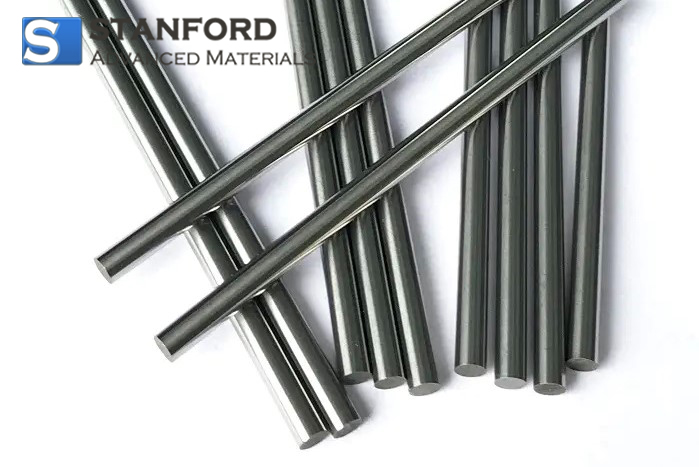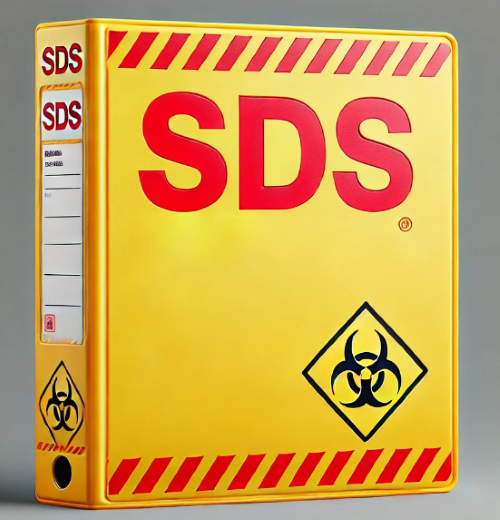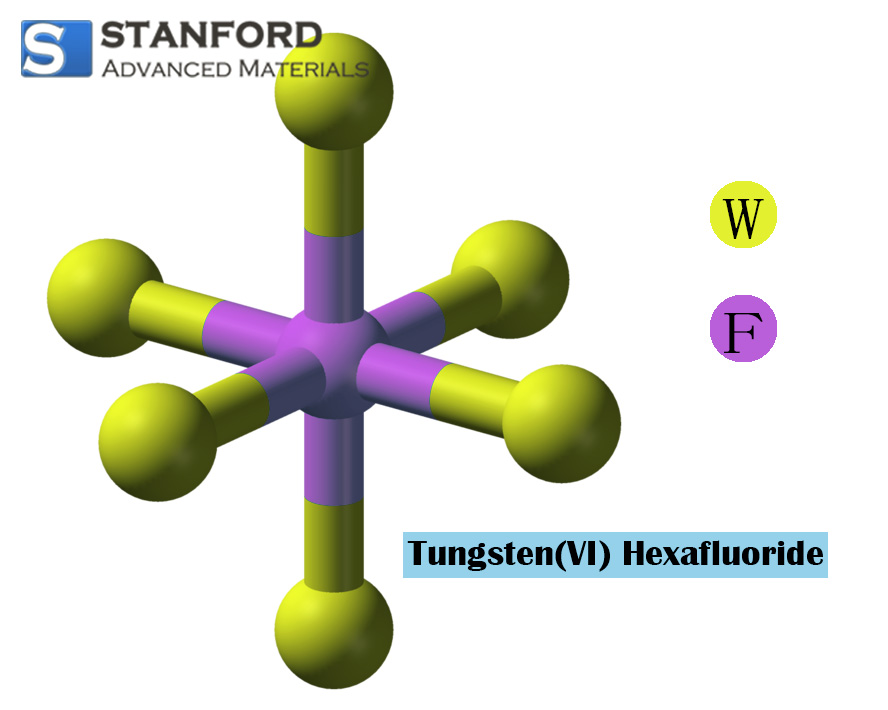MSDS Of Dysprosium Oxide
Identity: Dysprosium Oxide
Formula: Dy2O3
SECTION I – GENERAL INFORMATION
Manufacturer: Stanford Advanced Materials (SAM)
The following information is compiled from the available data provided by SAM. SAM gives no express or implied warranty regarding this information and accepts no liability arising from its use.
SECTION II – INGREDIENTS / HAZARD SUMMARY
CAS No.: 1308-87-8
Purity (%): >99
OSHA/PEL: J
SECTION III – PHYSICAL DATA
Boiling Point: N/A
Melting Point: 2340 °C (4244 °F)
Volatile %: N/A
Water Solubility: Insoluble; Specific Gravity (H₂O = 1): gm/cc; Evaporation Rate: N/A
Vapour Density (Air = 1): N/A
Vapour Pressure (mm Hg): N/A; Physical State: Solid
Appearance and Odour: White powder, odourless
Density: 8016 g/ml at 25°C
SECTION IV – FIRE AND EXPLOSION HAZARDS
Flash Point: N/A
Explosion Limits: LEL: N/A, UEL: N/A
Extinguishing Media: Not combustible. Use an appropriate extinguishing agent for the surrounding materials and the nature of the fire.
Fire service personnel must wear suitable protective equipment and a self-contained breathing apparatus with full protective clothing to prevent contact with the skin and eyes.
SECTION V – HEALTH HAZARDS AND FIRST AID MEASURES
Exposure Routes: Inhalation, skin contact, eye contact, ingestion
Inhalation:
Acute: May cause irritation of the upper airways.
Chronic: Not established
Emergency Measures: Remove the victim to fresh air; if breathing difficulties occur, supply oxygen and seek medical assistance.
Ingestion:
Acute: Low acute toxicity.
Chronic: Not established
Emergency Measures: Provide 1–2 glasses of water and induce vomiting; seek medical assistance. Do not induce vomiting or administer any substance orally in an unconscious person.
Skin:
Acute: Not irritating. Dermal absorption is unlikely.
Chronic: Not established
Emergency Measures: Wash the affected area with mild soap and water. Seek medical advice if symptoms persist.
Eyes:
Acute: May cause moderate irritation; Chronic: Not established
Emergency Measures: Rinse eyes with lukewarm water for at least 15 minutes, lifting both the upper and lower eyelids. Seek medical advice if symptoms persist.
Medical conditions that may be exacerbated by exposure: Inhalation may worsen pre-existing chronic respiratory conditions such as asthma, emphysema or bronchitis. Treatment should be based on observed signs and symptoms. Consider that overexposure to other substances may have occurred. Treat symptomatically. No specific antidote is available.
SECTION VI – REACTIVITY DATA
Stability: Stable
Conditions to Avoid: Dusty conditions
Incompatibility: Strong acids
Hazardous Decomposition Products: Not established
Hazardous Polymerisation: Does not occur.
SECTION VII – ENVIRONMENTAL INFORMATION
In the event of a spill or leak, wear appropriate respiratory and protective equipment as specified in Section VIII – Control Measures. Isolate the affected area and ensure ventilation. Collect the spilled material using a HEPA-filtered vacuum into a sealed container for proper disposal. Ensure that dust is not generated and avoid prolonged contact with the skin and eyes.
Disposal Method: Dispose of in accordance with all applicable national, regional and local regulations. Decontaminate used containers or devices immediately after use. Do not dispose of in drains.
Hazard Warning Information: Keep the container tightly closed. Store in a cool, well-ventilated area. Wash thoroughly after use. Dry powders may build up a static charge if subjected to friction during transfer, mixing or sliding. Consequently, apply appropriate precautions, such as electrical grounding or an inert atmosphere, if the material is used near flammable substances to prevent ignition. When used for glass polishing, the polishing suspension becomes alkaline due to the hydrolysis of the glass. Therefore, it is recommended to wear gloves and safety goggles to avoid contact under these conditions.
SECTION VIII – CONTROL MEASURES / PERSONAL PROTECTIVE EQUIPMENT
Summary of Protective Equipment: NIOSH-approved respirator, impervious gloves, safety goggles and clothing to prevent skin contact.
Respiratory Protection (specify type): NIOSH/MSHA-approved respirator
Gloves: Rubber
Other: Protective equipment against contamination
Work/Hygiene/Maintenance Practices: Implement technical and operational controls to reduce exposure concentrations to low levels. Maintain good housekeeping and hygiene practices. Do not smoke or eat in the work area. Wash thoroughly before eating or smoking. Avoid using compressed air to blow dust from clothing or skin.

 Bars
Bars
 Beads & Spheres
Beads & Spheres
 Bolts & Nuts
Bolts & Nuts
 Crucibles
Crucibles
 Discs
Discs
 Fibers & Fabrics
Fibers & Fabrics
 Films
Films
 Flake
Flake
 Foams
Foams
 Foil
Foil
 Granules
Granules
 Honeycombs
Honeycombs
 Ink
Ink
 Laminate
Laminate
 Lumps
Lumps
 Meshes
Meshes
 Metallised Film
Metallised Film
 Plate
Plate
 Powders
Powders
 Rod
Rod
 Sheets
Sheets
 Single Crystals
Single Crystals
 Sputtering Target
Sputtering Target
 Tubes
Tubes
 Washer
Washer
 Wires
Wires
 Converters & Calculators
Converters & Calculators
 Write for Us
Write for Us


 Chin Trento
Chin Trento


